These are the most common houseplant diseases!
Have you ever got a favorite plant and then all of a sudden you have to watch it slowly die? This is very common and happens to almost any plant parent. Yes, it’s heartbreaking, and this is why knowledge about houseplant diseases is so important.
Nursing a struggling plant back to health is not an easy job but is incredibly satisfying. To know that you are able to never let your plants die ever again is an amazing feeling.
Let’s say that you are walking on the street and see a tray full of plants. They look a little bit sad, but you are confident that you can bring them back to life. So you take them home and start caring for them. With a little love and attention, they are back on track! Isn’t that great?
We are about to delve into the most common houseplant diseases, learn how to spot them, and even how to treat them. Your plants will never suffer again!
Ready? Let’s get started on our journey to becoming a more knowledgeable and successful plant parent!
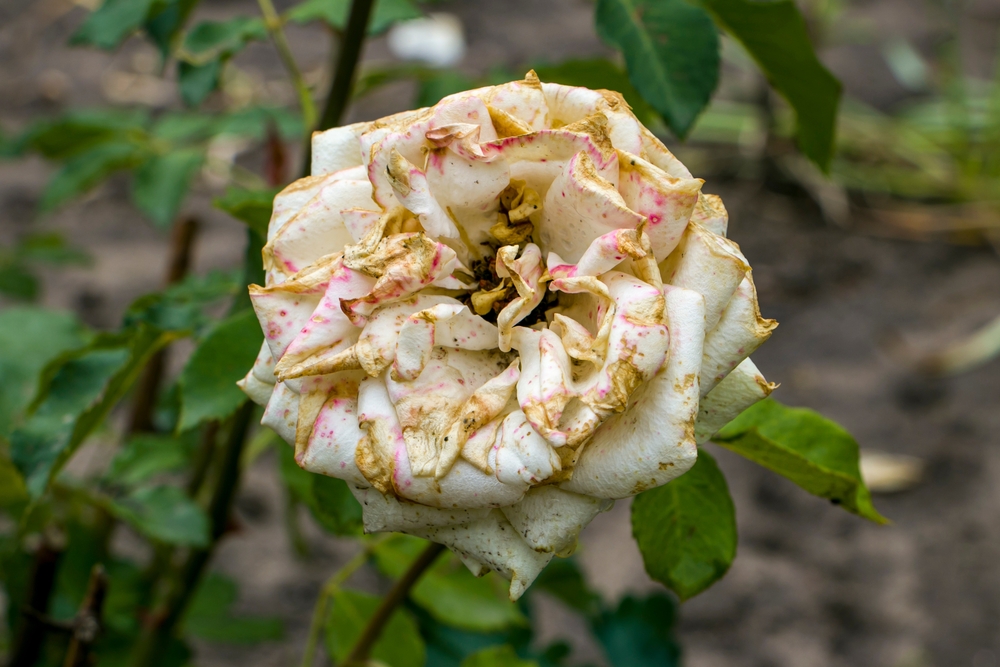
1. Botrytis
Also known as gray mold, this is one of the common houseplant diseases and a fungus that can easily destroy your plants. Why? It’s very aggressive and thrives in humid conditions, spreading rapidly and causing significant damage.
Botrytis cinerea is the name of the fungus that is responsible for gray mold, and it loves humidity and moderate temperatures. The worst part about it is that it can infect a wide range of plants, from edibles like berries and tomatoes to ornamentals like dahlias and lilies. If you have orchids, you should know that they are especially susceptible to this one of the houseplant diseases.
The first signs of botrytis are irregular flecks and brown spots on buds and flowers. When the disease progresses, you might start to notice brown spots on the leaves, stems, and flowers, and in the latter stages, the plant will be completely covered in a fuzzy, gray growth.
What can you do? First of all, get rid of the infected parts of the plant; simply cut them off. Then disinfect pruning tools and pots, and apply a liquid copper fungicide to the remaining plants.
If you want to prevent plants from getting infected, make sure to reduce humidity and offer proper air ventilation in the place you keep your plants. You can also try neem oil, but be careful since some plants are sensitive.
2. Root rot
Of all houseplant diseases, you should be aware that root rot is incredibly widespread. Again, this is a fungal disease, and it will lead to wilting, mushy roots, and a foul odor.
If you have ferns and peace lilies, which are both plants that love humidity, then they are most probably safe. However, succulents and cacti, which thrive in dry conditions, are at higher risk of overwatering. Unfortunately, if you leave your plants untreated, root rot can be fatal.
If next time you check on your plants you notice wilting, then this can be one of the first signs. Girdled stems near the soil level and a black or brown ring of decaying tissue are other more severe signs. Also, let’s not forget about the smell.
In case you suspect one of your plants is ill, you have to immediately start the healing process. Cut away the infected roots and repot the plant in a fresh potting mix and a sterile pot. If the plant is severely affected, you will have to completely throw it away because there is no chance to save it.
To prevent root rot, make sure that your houseplants are potted in a well-drained, high-quality potting mix. Using soil that you took from your backyard is a terrible idea, so never do that. Always use containers with drainage holes and allow the soil to dry out thoroughly between waterings.
There are many houseplant diseases, but this one is known as being one of the most dangerous, so be careful!
3. Anthracnose
Another pesky fungal disease, anthracnose, affects a really wide range of plants, from house plants to trees! Also, anthracnose refers to a set of symptoms, and the underlying cause can differ. Yet, this is still among the houseplant diseases, so you still need to take care of and monitor your plants.
One thing to know is that this is host-specific, which means a fungus that causes anthracnose in one plant won’t necessarily impact another. This makes it tricky to handle, and sometimes a laboratory analysis may be needed for a clear diagnosis.
Look for yellow margins and tips. Later, this can turn into brown spots and leaf drops. The infected leaves should be immediately destroyed. Then make sure you have disinfected the tools used for pruning. A foliar spray of neem oil can help reduce the symptoms and will also prevent the spores from germinating.
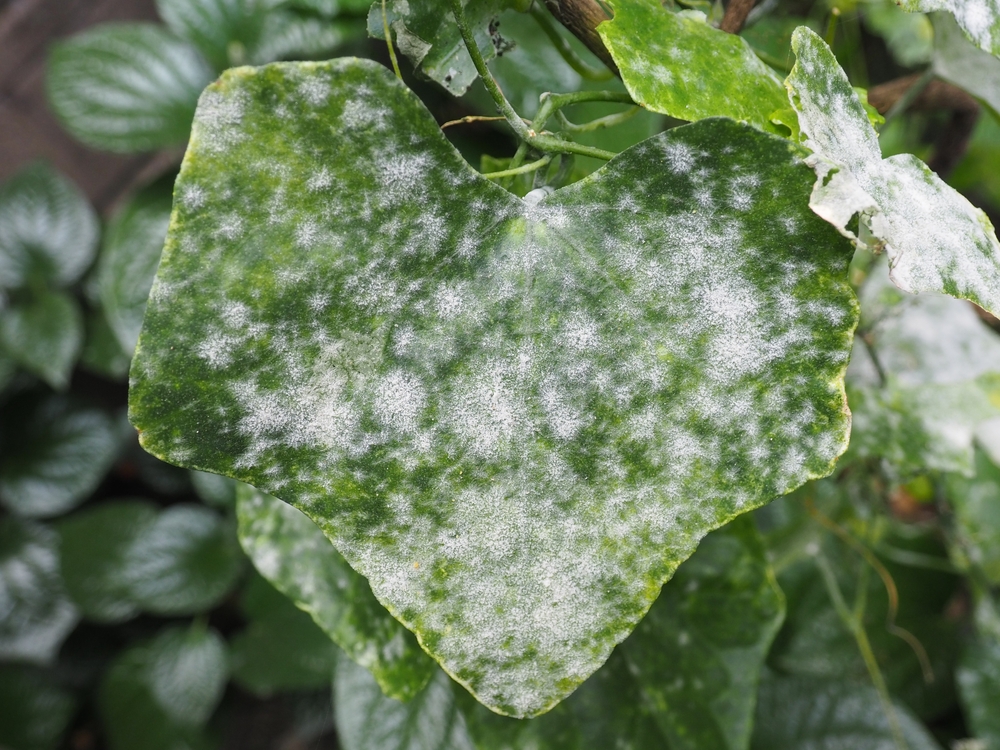
4. Powdery mildew
If you own African violets, begonias, kalanchoe, ivy, jade, and poinsettia, be extremely careful because the most dangerous of the houseplant diseases always target them. We are talking about powdery mildew, which is a common fungal disease that plagues many innocent houseplants.
Look for a dusty, pale gray coating on leaves, stems, and even buds. These are the main signs that your plants might be affected. And look closely, because that is not a harmless sprinkle of dust. It can be this fungus that is covering the plant and hindering its photosynthesis!
If a plant is infected, start by removing the affected leaves. Then there are many gardeners who choose a natural remedy that we all have in our homes: baking soda! Fungus hates it, and it can help you through the process of healing your plants.
But the best remedy for powdery mildew is by far a liquid copper fungicide. Use it carefully because overuse might lead to resistance.
5. Bacterial leaf spot
Ok, this one of the houseplant diseases is not caused by a fungus. Instead, it is caused by bacteria called Seudomonas, Xanthomonas, or Acidovorax genera and can affect a large variety of houseplants.
Canna lilies, English ivy, poinsettia, Schefflera, and Fatsia are among the common victims of this disease. Bacterial leaf spot causes dark brown spots or lesions on leaves, frequently with a yellow ring or border. As the illness advances, these blotches can expand and combine, particularly in humid environments.
If you see signs of a bacterial leaf spot, get rid of diseased leaves immediately to prevent the illness from spreading. Plants that are heavily affected may need to be completely discarded. To prevent infection, disinfect pruning tools and pots.
Applying a liquid copper soap to the remaining leaves might help without hindering the spreading of the bacteria. Biocontrol treatments can also be used; they can stimulate the plant’s immune response and are known to be effective against Bacillus amyloliquefaciens.
If you need to solve your problems with houseplant diseases you can use this spray to eliminate a wide range of fungal diseases and pests: Ortho Insect Mite & Disease 3-in-1 Ready-To-Use 1 gal.
You should also read more about 12 Low-Maintenance Trees For Your Garden

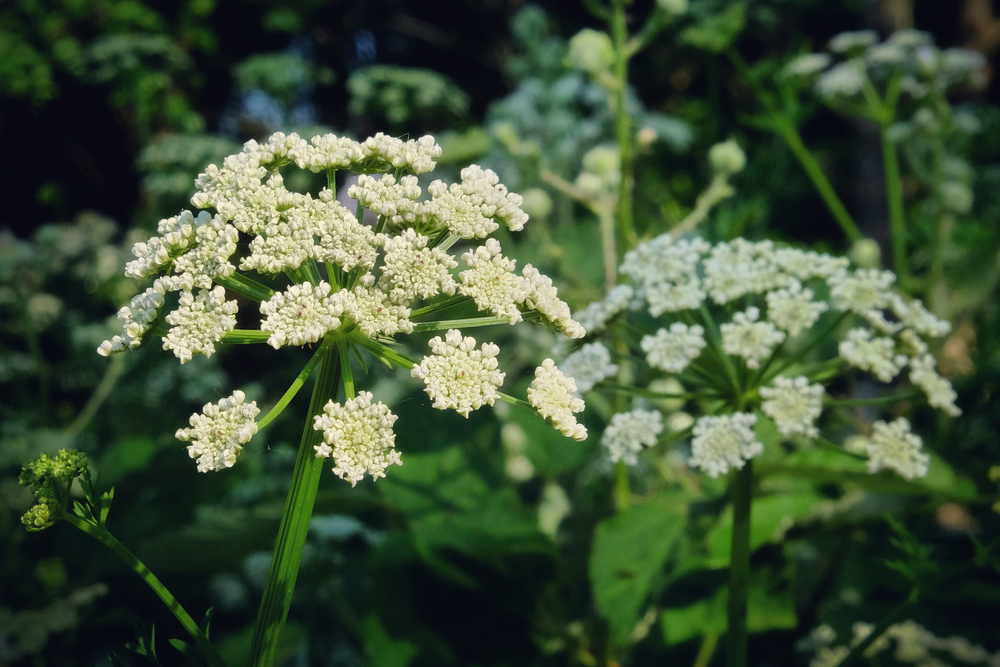
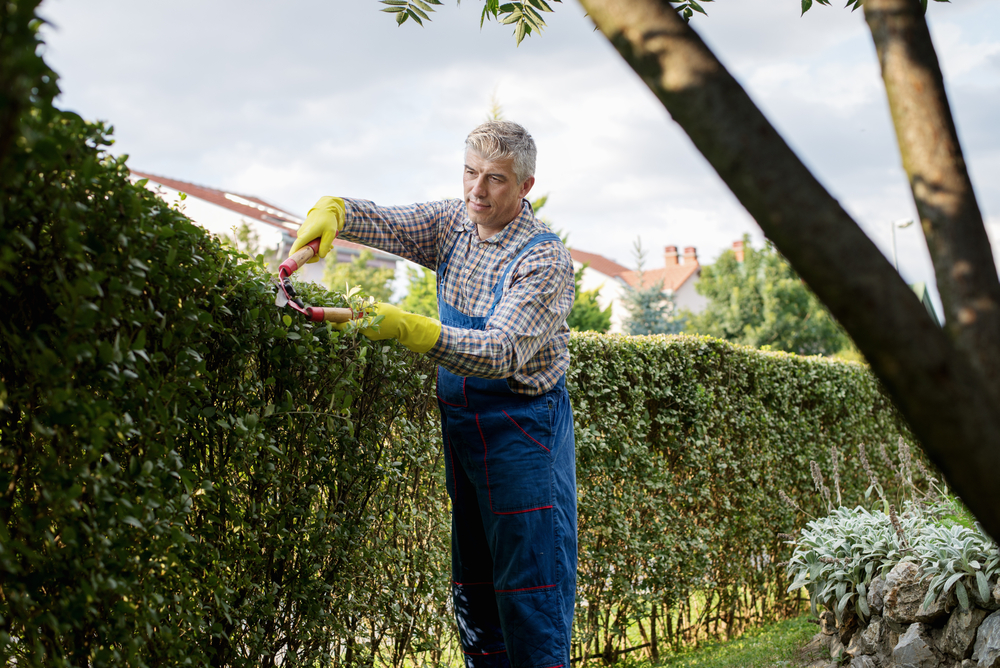
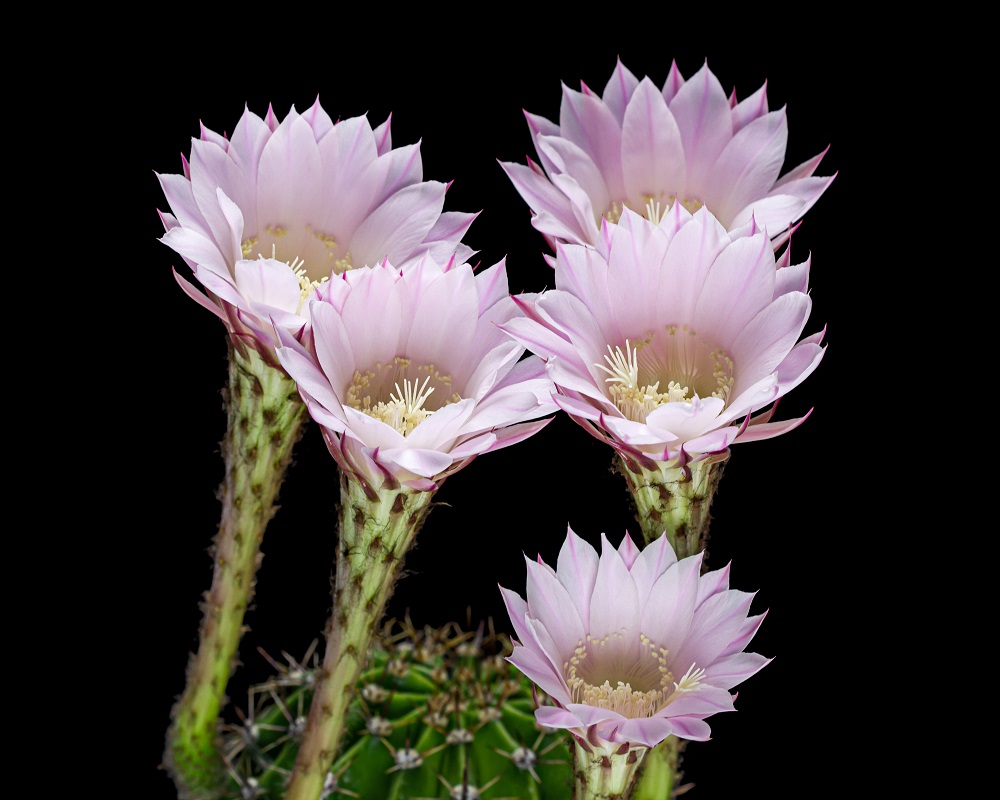
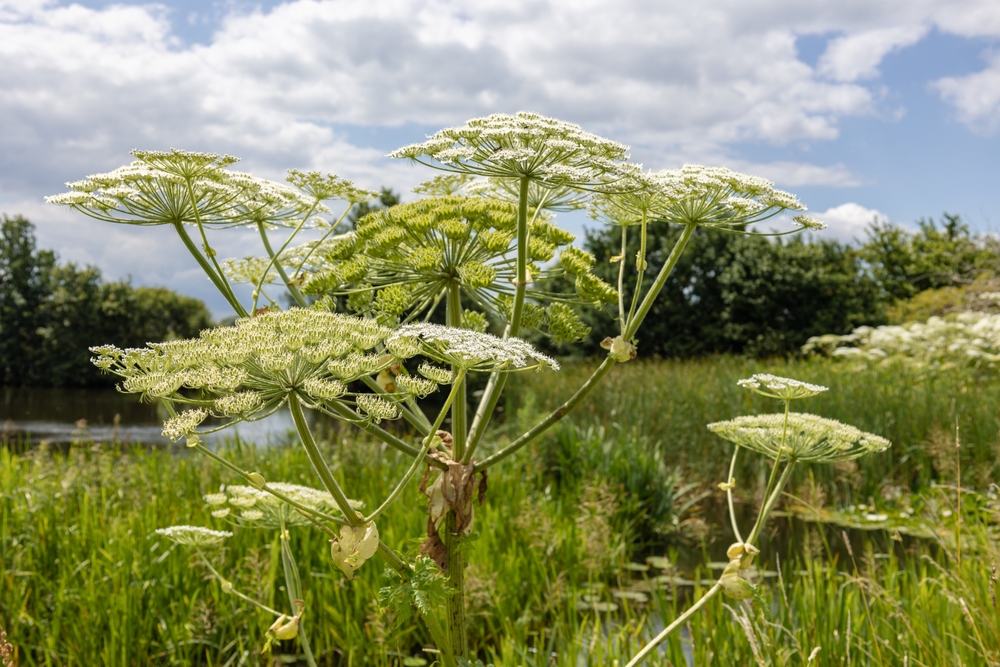

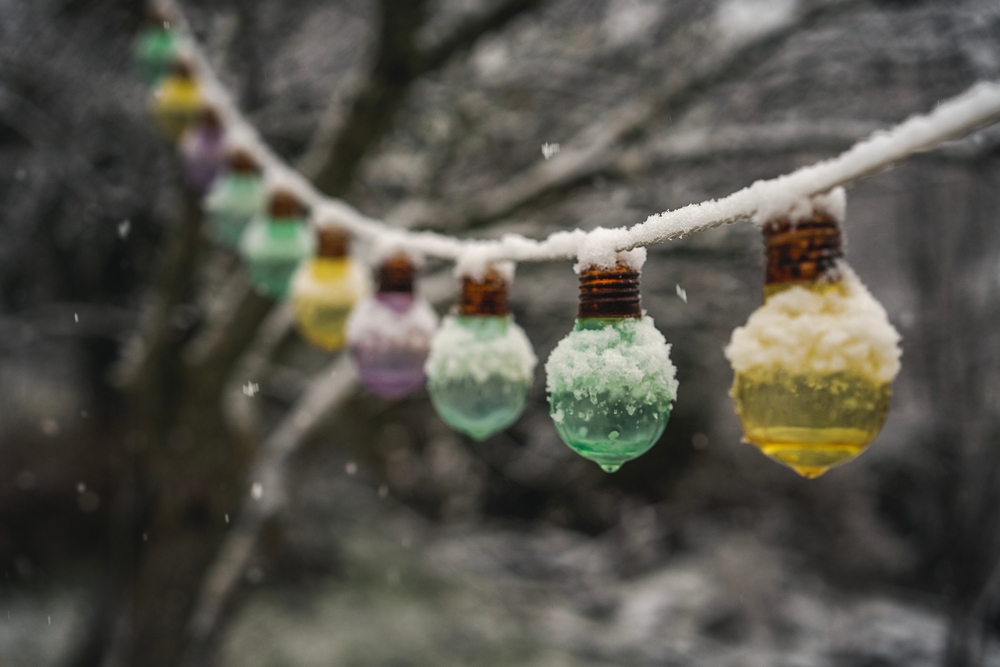
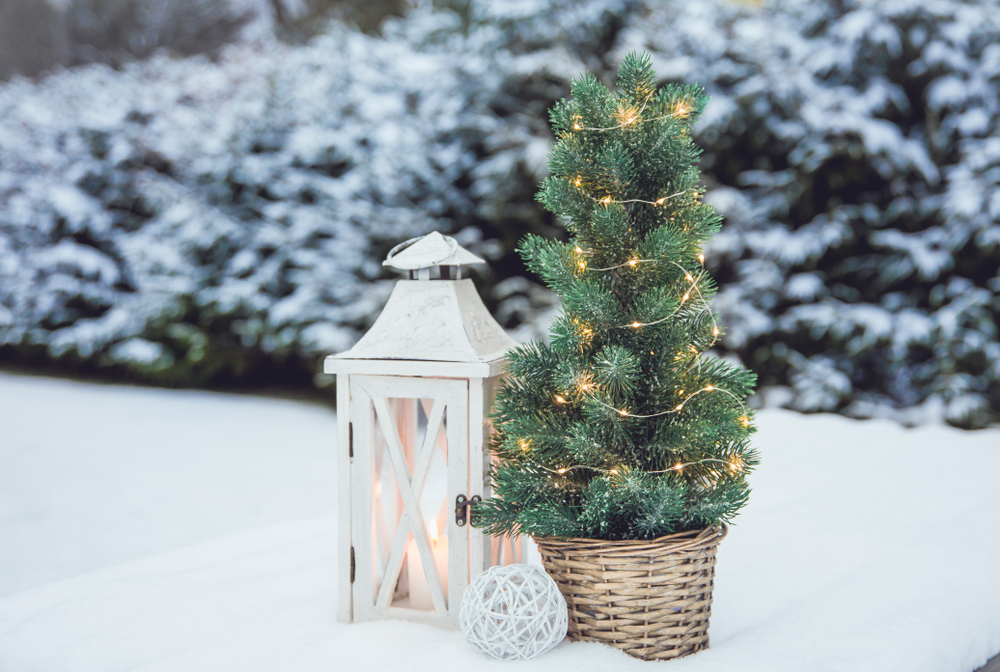

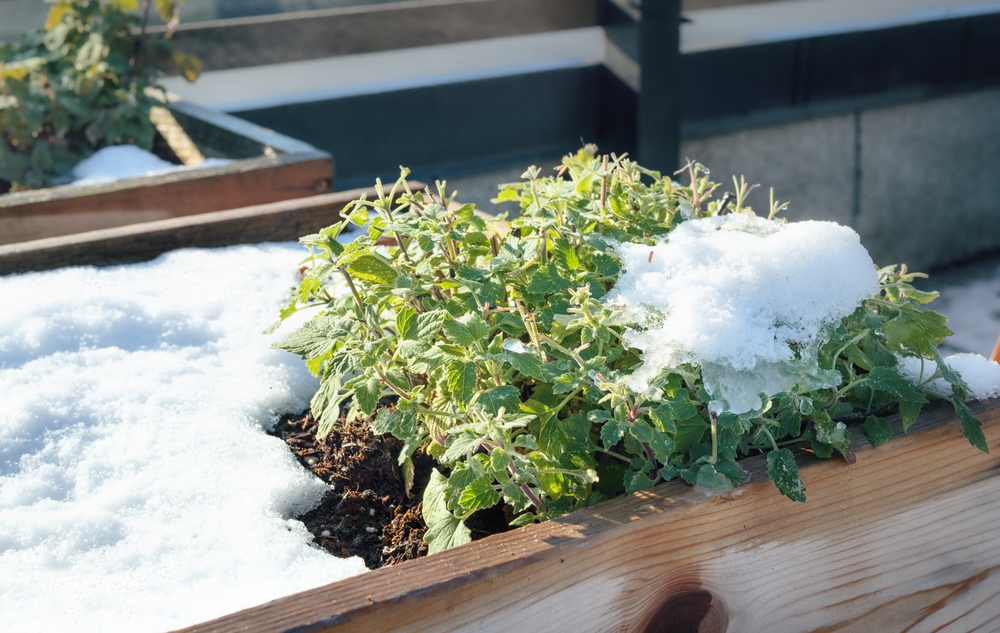
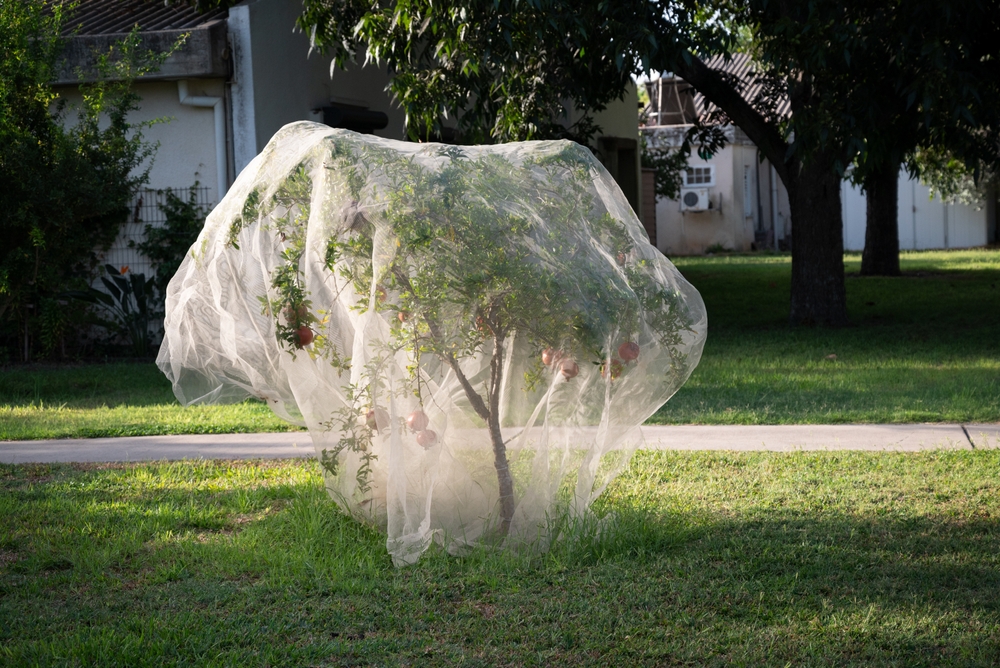
2 Responses
Can you explain to me what would be the main cause of about 20 Mandarines golf ball size falling off my tree. it is planted about 3 m away from an orange and a Tangelo and they have no problem.
Thanks BRUCEB
Fruit drop of undersize and not ripe fruit